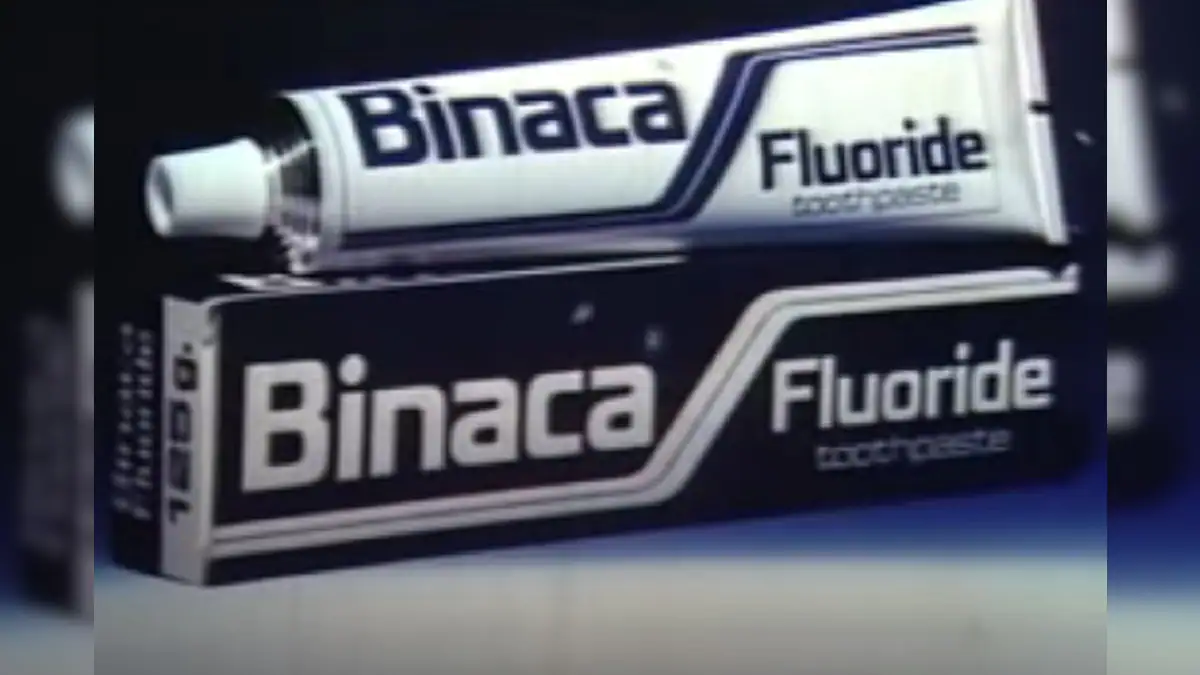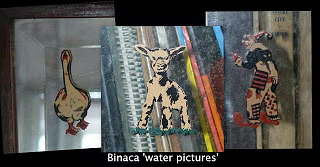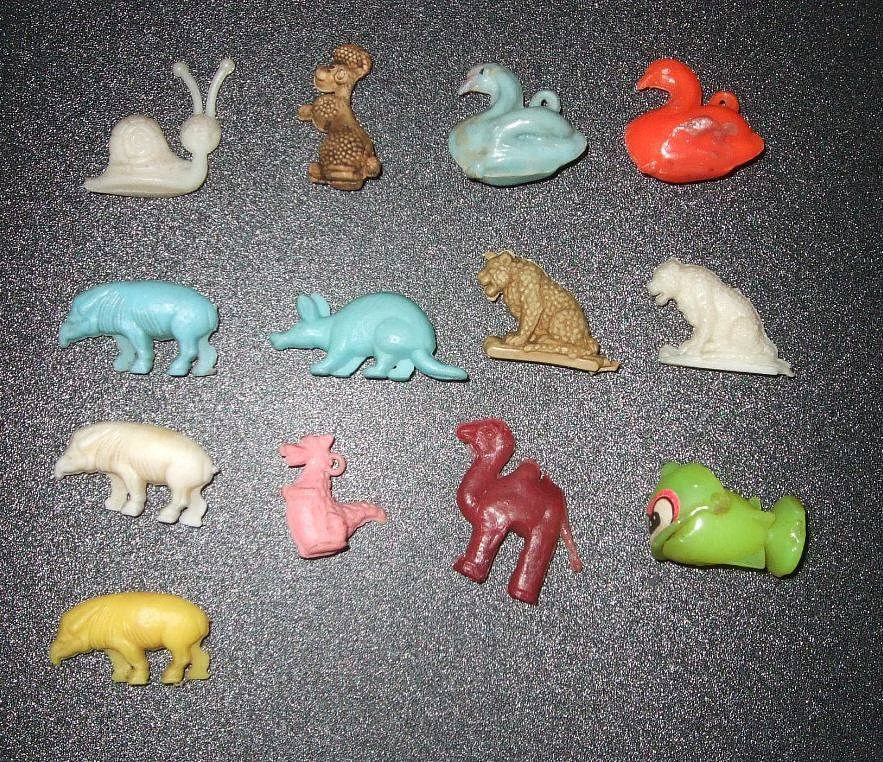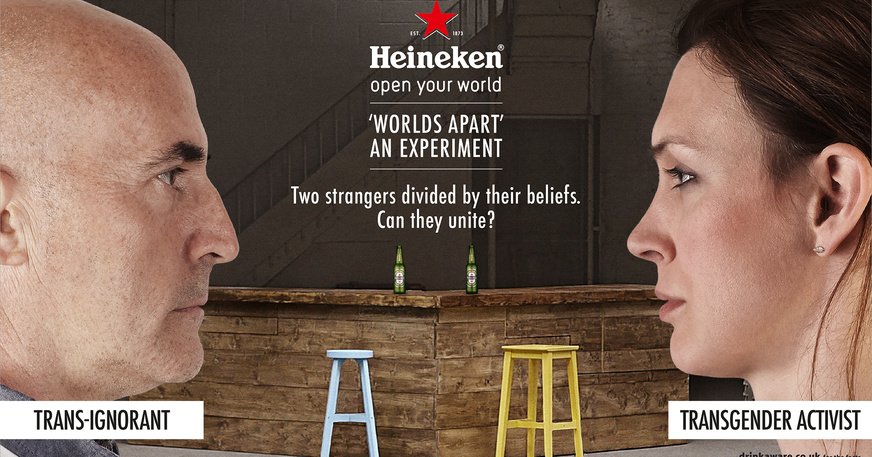Forgotten Brands – Binaca & Binaca Geet Mala

Typical of brands that could not keep up, Binaca fell by the wayside even though it had created great brand properties
Offering freebies has always been a successful marketing strategy for moving merchandise. The impact of ‘free ‘ on consumers’ thinking was starting to become clear to marketers in the 50s and 60s. Good quality freebies were available and marketed appealingly to parents through their children.
In the 1950s, Ciba Geigy’s Binaca toothpaste became widely available in India. It adopted novel tactics to win over customers.
They undoubtedly wanted to ride the wave of popularity for as long as possible, so they started including a free “water picture” with every box. Stickers and other forms of sticky tape did not exist back then. “Gum and gum tape days,” as they were known. This little piece of paper concealing an image had to be submerged in water for a few minutes before being adhered to a glass surface and having its protective covering peeled off very carefully. Only an adult could carefully handle the image because it was so thin. When dried, it stuck.

Binaca’s original yellow and green packaging was replaced with blue for Binaca Fluoride in the 1970s. There was a charm inside the toothpaste tube’s packaging that promised a tiny wooden (or later, plastic) animal or bird inside. Pets like dogs, tigers, armadillos, rhinos, snails, camels and giraffes, and unicorns that were completely see-through. It was a lot of fun to amass a collection, trade with our pals, and learn about exotic beasts.

Maybe Binaca figured out that kids may sway parents’ decisions to buy their toothpaste, so they marketed to them.
Time had passed since the late seventies, and Binaca had evolved. A new brand of toothpaste named Binaca Top was launched.
In the 1980s, Binaca failed because of intense rivalry with other brands. Ciba Geigy sold the Binaca brand globally to Reckitt & Colman, and the product changed names to Cibaca.
Geet Binaca Mala
In the dead of winter in 1952, it all started. Top executives at an advertising agency decided to produce on Radio Ceylon, a show including songs from Bollywood films to promote their client, Ciba Geigy – a chemical and pharmaceutical giant well-known in India for, among other things, its toothpaste
Given the success of a show featuring English music hosted by famed broadcaster Hamid Sayani on Radio Ceylon, the advertising firm was keen to get into the Hindi market.
However, due to the low pay (Rs. 25 per week) for researching, writing, and presenting the hit parade, not a single writer or compere was even ready to examine the concept. It’s not a king’s ransom. Binaca Geet Mala has been a lengthy and fruitful process, but it all started when Hamid enlisted his brother, Ameen Sayani to anchor the programme.
Sayani was apprehensive about the undertaking. His family had a deep appreciation for the written word, Gandhian principles, and Western classical music, but the ‘Geet Mala’ was written with the common Janta in mind.
Sayani, who had just graduated college at age 20, immersed himself wholeheartedly in the popular music scene, effectively erasing caste, community, and faith divisions.
Sayani’s native Hindustani and microphone-friendly delivery (he coined new words like “sartaaj,” a “crown” for the top number, and “paidaan,” a “ladder step” which a song must ascend to reach the top) were well received by movie buffs, especially after All India Radio banned cinema music in the 1970s out of fear that it would “corrupt” the youth.
On December 3, 1952, the performance debuted to rave reviews with a bouquet of seven songs. Sayani’s Colaba office received an average of 65,000 letters every week within a year. The initial count of seven tracks eventually increased to 16.
Every week on Saturday, a spool would be flown to Colombo for the next Wednesday’s show. The Geet Mala’s characteristic melody was “Porn porn baja bole,” a classic Hindi cinema ditty from Aasmaan put to tune by 0. P. Nayyar (rumoured to be modelled largely on “Jingle bell, jingle bell”).
Sayani would work for 72 hours straight, supported by his wife Rama and a team of experts.
Eventually, Sayani moved the programme to Vividh Bharati, All India Radio’s outlet for contemporary music.
Sayani tried new things to keep the format fresh and successful. The first top 100 was determined by record store sales reports.
Every city had its listener club. Many would wager on whether or not the answer was correct. Weekly sales figures from major record stores around the country were requested to maintain honesty in the selection process.
At that time, patrons flocked to hotels that advertised radios (back when just a minority of households owned one) either to do business or to simply stand outside and listen (with the volume turned up to eleven, of course).
Each time he would say, “Binaca Geetmala ke paidaan ki choti par hai,” the tension would rise as the bugler sounded. For film and music industry professionals, nothing meant more than a top spot on the Binaca chart. Being a top hit was the equivalent of winning a Filmfare for the song. Artists would brag that their song had been on 18 weeks on the Binaca chart, and so on.
Naushad Ali, C Ramchandra, Hemant Kumar, Roshan, and Madan Mohan were regulars on the weekly hit parade during the first two decades.
Laxmikant-Pyarelal, Kalyanji-Anandji, and RD Burman were slated to take over from the 1960s Shankar-Jaikishan, OP Nayyar, and SD Burman.
Due to the show’s success, Radio Ceylon increased its length from 30 to 60 minutes. With so much focus from the press and public, people would congregate in parks and disrupt traffic when someone turned up the radio.
There is no other radio or television show that has lasted as long (four decades!) or been as popular (India, Pakistan, Afghanistan, Sri Lanka, and so many other Asian nations).
There was, however, one constant. The words of Ameen Sayani. Ameen was much more than simply a radio host to his millions of fans; he was a trusted friend who shared their favourite songs, shared their personal experiences, and read song dedications. He also provided some light-hearted musical trivia for the audience.

The audience size increased from 9,000 to 20,000,000. Binaca Geetmala became Cibaca Geetmala as the show evolved and the brand name changed.
Experts claim that the introduction of commercial TV channels and a general fall in the quality of cinema songs beginning in the 1970s caused the Geet Mala to lose some of its lustre.
Where did Binaca go wrong?
Dabur, an Indian consumer-goods manufacturer, purchased the trademark in 1996 from Reckitt & Coleman to resurrect it as a vehicle for entry into the white toothpowder market. The toothpowder was introduced by the corporation, However, it was discontinued after just one year owing to lacklustre sales. PricewaterhouseCoopers, a consultant, was hired by Dabur in 2002 to handle sales of the Binaca brand. However, the firm was unable to sell the brand at the anticipated price.
The Binaca brand is currently being used to sell toothbrushes in India.
Reference
https://www.thebetterindia.com/171916/india-binaca-geetmala-radio-ceylon-history/
https://www.thebizdom.in/a-radio-brand-binaca/
http://mysoreanmusings.blogspot.com/2009/03/binaca-toothpaste-freebies.html



